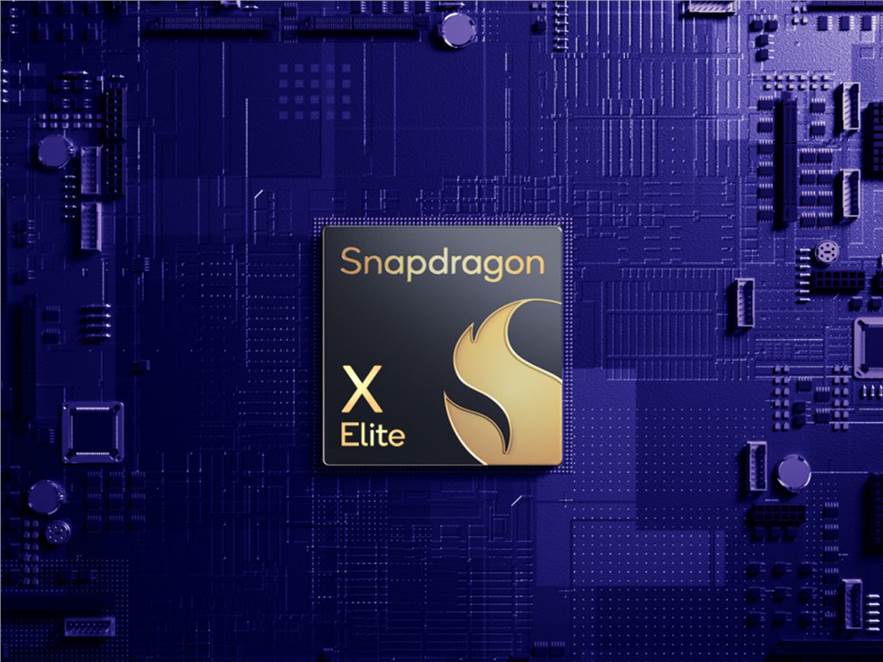If you've got your eye on a shiny new Windows machine, here's a hot tip: don't hit that 'buy' button just yet. Qualcomm is gearing up to make waves in the PC world. They've pulled back the curtain on their upcoming Snapdragon X Elite chipsets, and let's just say, it's not your run-of-the-mill silicon. The star (pun intended) of the show? Oryon CPUs, are the kind that can make your current computer feel like a clunky relic from the past.
Qualcomm is gunning for the throne with the Snapdragon X Elite. This chip promises to outshine most Intel-powered laptops, potentially making the blue team green with envy.
But here's where it gets really interesting. Qualcomm isn't just playing in Intel's backyard; they're eyeing the tech juggernaut from Cupertino, too. Yep, you guessed it, Apple's M2 series chips in the latest Macs. The Snapdragon X Elite isn't here to play second fiddle. It's looking to square off with Apple, and in the world of tech, it's a battle royale.
The new series are SoC processors and aren’t holding back in the miniaturization game. These chips are crafted at a sleek 4nm, packing more power into less space. But the real star of the show is the 12-core Oryon CPUs, the crème de la crème of processing power. That's a recipe for blazing-fast performance when you dive into serious work on devices equipped with these chips. And that's not all! Qualcomm's adding a neural processing unit and an AI Engine to the mix. Think of them as your personal AI butlers, handling all those AI tasks right on your device, no cloud required.
The new X Elite chipsets aren't just about raw power; they're also sipping power like a connoisseur savoring fine wine. Snapdragon claims you'll be treated to speeds revving up to 4.3GHz and a memory bandwidth that's humming at 136 GB/s. The best part? You'll be getting around twice the performance of comparable Intel chips while guzzling 68% less power.
Now, don't get too excited just yet; we've got to put these claims to the test once we lay our hands on machines sporting the X Elite chips. When will that be? My best guess is early 2024.

.jpg&w=35&h=35&q=70&c=1)